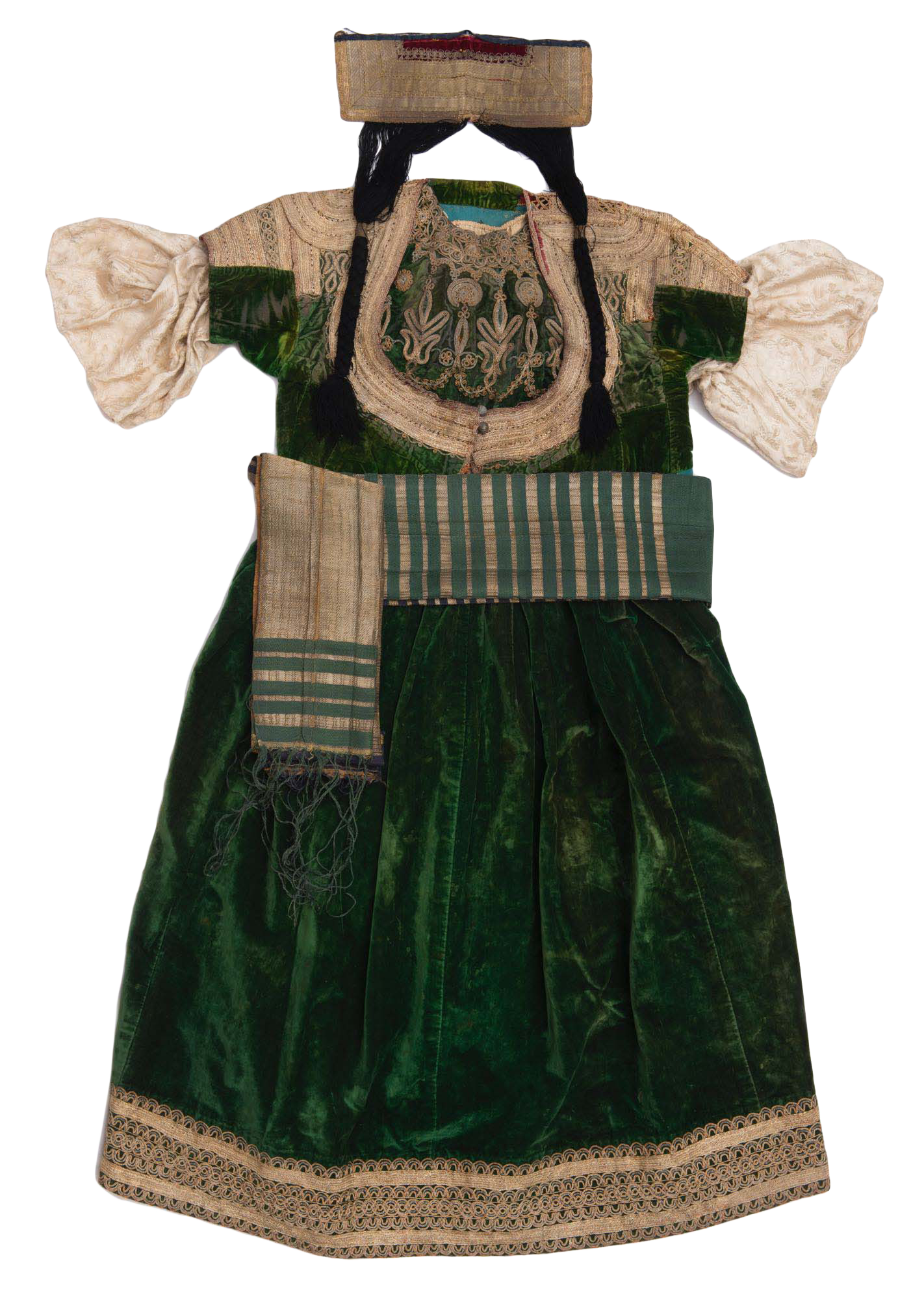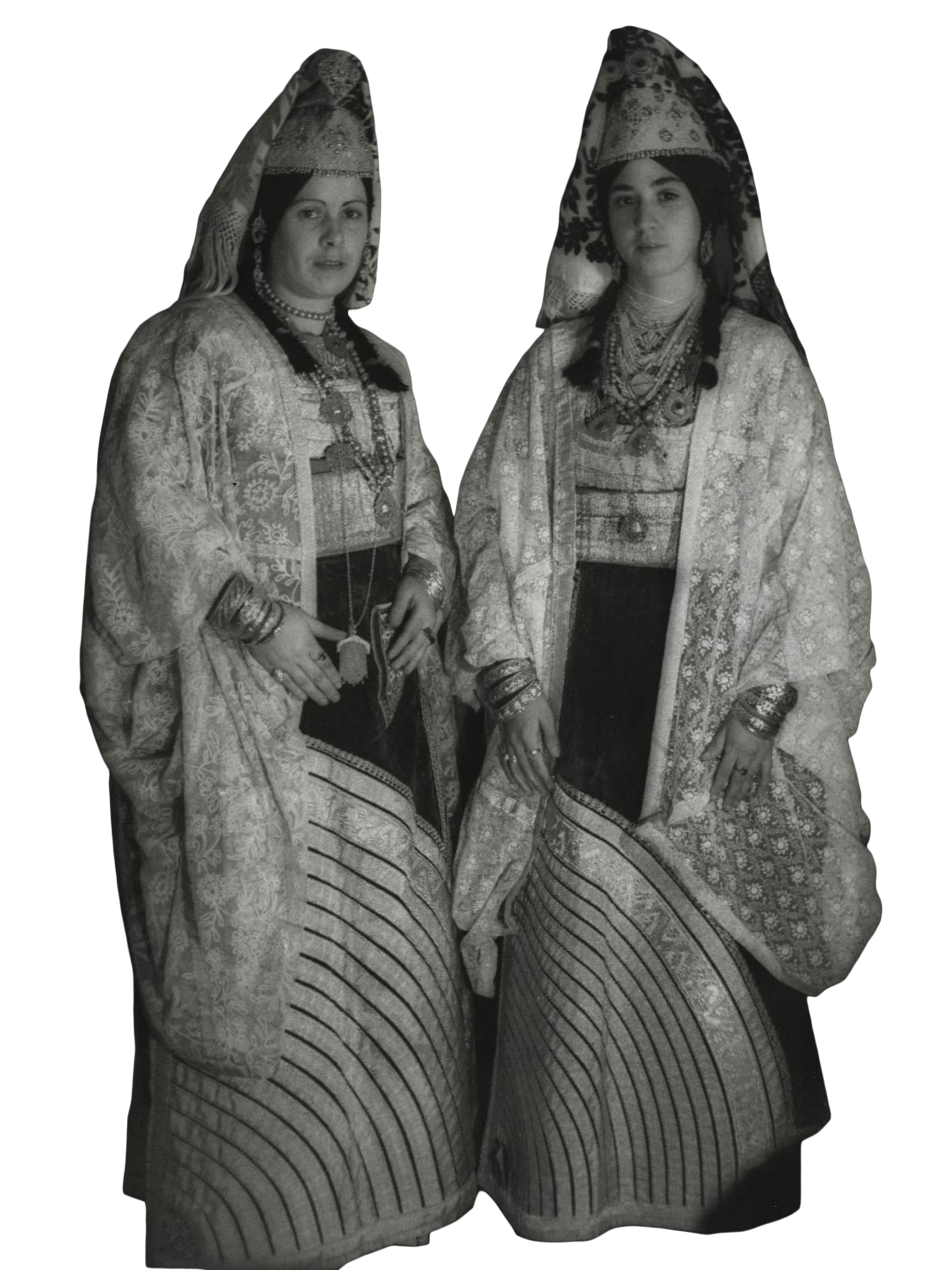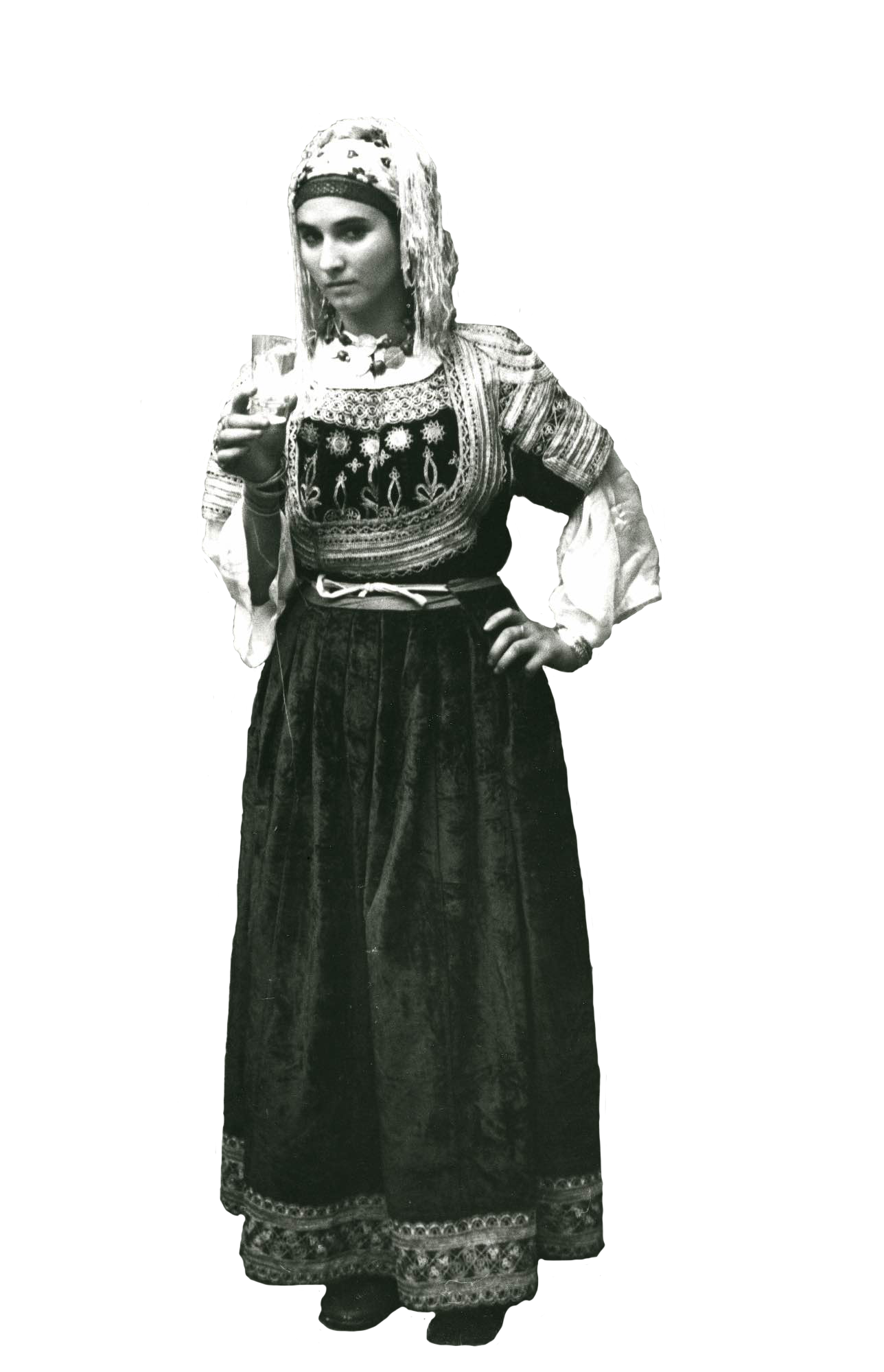(Keswa el Kbira)

Díszruha, melyet a zsidó nők első alkalommal az esküvőjükön viseltek.




Spanyol hatásra a marokkói városokban terjedt el. Testre tekert szoknyarészből, (zeltita) bársonyból készített és gazdag aranyhímzéssel díszített mellvért (ktef) fölött viselt boleróból (gombaiz) és a boleróhoz illesztett muszlin ujjakból (kmam) áll, melyet arannyal átszőtt selyem öv (hzam) egészít ki. Az esküvő után a jeles eseményeken a férjezett asszonyok ezt a ruházatot viselték.
Vanessa Paloma performs Jewish-Moroccan music in a bridal gown (2009).
Jansen, Maria Angela. “Keswa Kebira: The Jewish Moroccan Grand Costume.” Khil’a: Journal for Dress and Textiles of the Islamic World, vol. 1, Peeters, 2005, pp. 79-105.
Jouin, Jeanne. “Le Costume de la Femme Israélite au Maroc [The Costume of the Israelite Woman in Morocco].” Journal de la Sociéte des Africanistes [Journal of the Africanists Society], vol. 6, no. 2, 1936, pp. 167-85.
Juhasz, Esther, ed. “The Moroccan ‘Great Dress’.” The Jewish Wardrobe: From the Collection of The Israel Museum, Jerusalem, . Milan: 5 Continents Editions, 2012, pp. 264-69.
Juifs du Maroc : Photographies de Jean Besancenot, 1934-1937. Paris : Musée d’art et d’histoire du judaïsme, 2021.
Muller-Lancet, Aviva. “The Great Dress.” ‘Al Ha-Khasut Ve-Be’ikar al Ha-Meser: Levusham shel Yehudim Be-‘Artzot Ha-Islam [Garments with a Message: Jewish Wear in Islamic Lands], Jerusalem: Ben- Zvi Institute and the Hebrew University of Jerusalem, 2010, p. 208-21, 243-60.
Stillman, Yedida K. “The Costume of the Moroccan Jewish Woman.” Studies in Jewish Folklore, edited by F. Talmage, Cambridge, MA: Association for Jewish Studies, 1981, pp. 343-76.
Nyelvválasztás